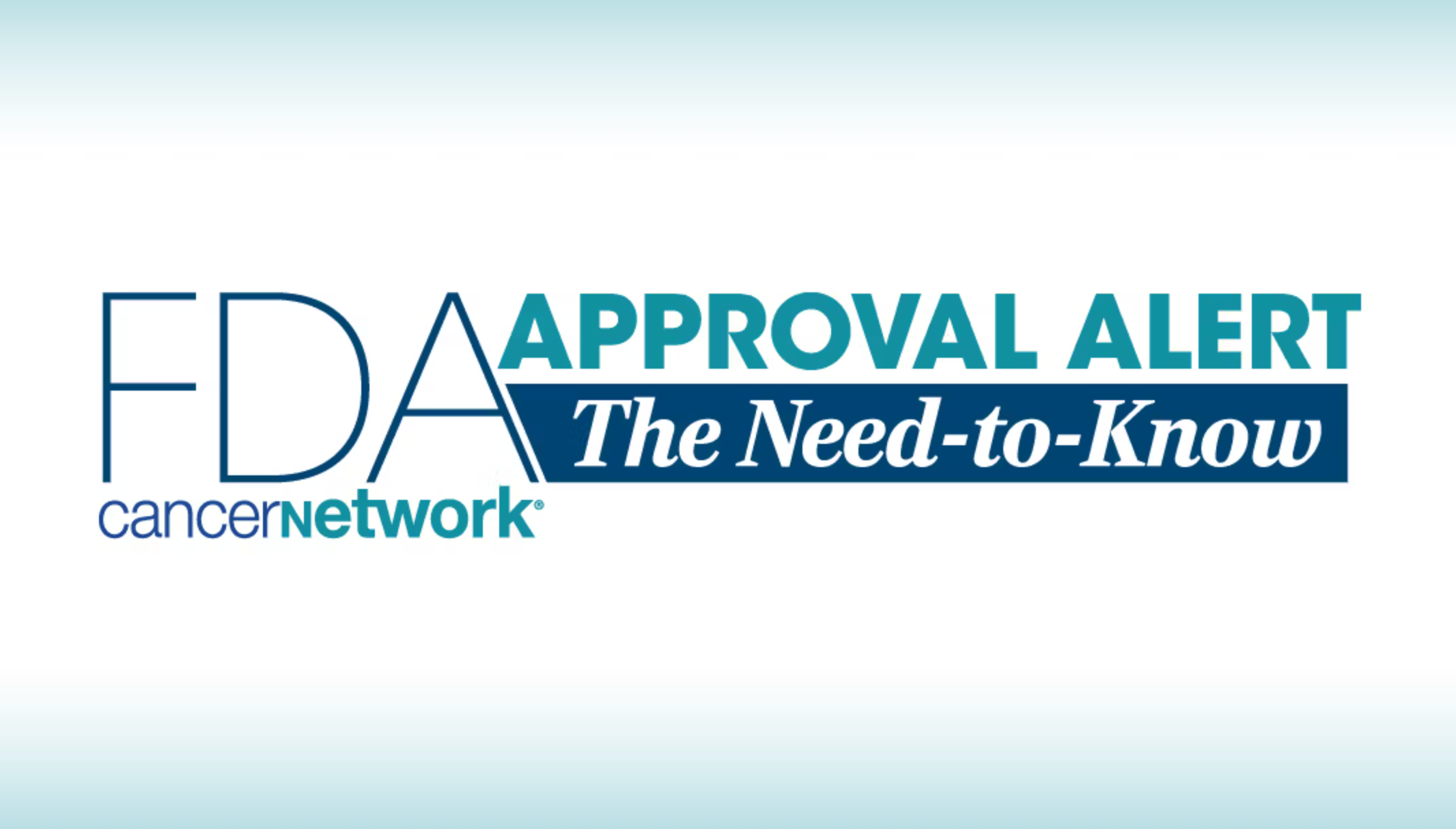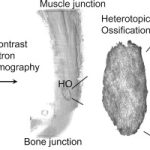
Revumenib’s Approval in Relapsed AML: An Evolving Chapter in Oncology Care
The recent approval of revumenib (Revuforj) by the FDA marks an exciting turning point for patients suffering from relapsed or refractory acute myeloid leukemia (AML) with NPM1 mutations. This decision, stemming from the promising results of the phase 1/2 AUGMENT-101 trial, offers new hope for a patient population with limited treatment options. In this opinion editorial, we explore the implications of this approval, examine the trial’s tricky parts, and highlight the impact on both clinicians and patients alike.
Revumenib’s journey from clinical trials to FDA approval underscores the convergence of modern medicine, targeted therapy, and personalized patient care. As the oncology community begins to adopt this new treatment, understanding both its benefits and potential challenges is essential for optimizing outcomes and steering through the many twists and turns of treatment design. In this article, I will share my perspective on the significance of this development and discuss how new approaches in AML therapy could shape the future of cancer care.
Understanding the Background: Targeting NPM1-Mutated AML
Acute myeloid leukemia, especially in its relapsed or refractory forms, is a condition loaded with issues and marked by overwhelming challenges. NPM1 mutations occur in a substantial subset of AML patients, creating an urgent need for therapies that can effectively target these mutated cells. In this context, revumenib’s approval isn’t just another regulatory milestone; it represents a promising stride toward addressing a long-standing unmet need.
The AUGMENT-101 trial was designed to evaluate the safety and efficacy of revumenib in patients who had already endured several lines of therapy, including those who had undergone hematopoietic stem cell transplantation (HSCT). The trial involved adult patients—and even one pediatric case—that provided a broad representation of the AML population. Despite the challenges of treating such a tense and complicated disease, the results offered a glimpse into a future where targeted therapies can bring about meaningful responses even in heavily pretreated patients.
Clinical Trial Insights: Digging Into the AUGMENT-101 Study
One of the most interesting aspects of the AUGMENT-101 trial lies in its detailed outcomes. The trial’s design allowed clinicians and researchers to measure several response endpoints such as complete remission (CR), CR with partial hematologic recovery (CRh), and composite response rates. Here are some of the key outcomes:
- Complete Remission (CR) or CRh: 23.4% of patients achieved this milestone.
- Composite CR (CRc) Rate: 29.7% of patients.
- Overall Response Rate (ORR): 46.9%, showcasing nearly half of the participants responded to revumenib.
- Time Metrics: The median time to the first response was approximately 1.84 months, with the first CR or CRh emerging at about 2.76 months.
These figures, while they must be approached with cautious optimism, are encouraging. The relatively rapid onset of responses suggests that this targeted therapy could play a crucial role in improving the quality of life for patients who are in desperate need of effective treatment alternatives. However, it’s important to note that the median durations of these responses—around 4.7 months for both CR plus CRh and CRc—invite us to take a closer look at the sustainability of these benefits.
Examining the Tricky Parts: Trial Design and Patient Selection
The AUGMENT-101 trial, like many studies in advanced oncology, presents some tricky parts that remind us of the overall complexity involved in clinical research. For instance, the inclusion of patients with different histories, previous treatments (including HSCT), and even age variances introduces many tangled issues when it comes to generalizing the findings. Such a heterogeneous population can sometimes mask the subtle details of how well a new drug works for specific subgroups.
From a design perspective, the trial employed multiple dosing formulations (capsule, tablet, or liquid) and adjusted doses based on body weight and concomitant medications (e.g., CYP3A4 inhibitors). These considerations, while offering flexibility and personalization of therapy, also bring along potential complications in administration and patient adherence. Here’s a brief table summarizing the dosing strategies:
| Patient Weight / Concomitant Medications | Recommended Dose |
|---|---|
| Patients ≥ 40 kg | 270 mg every 12 hours |
| Patients < 40 kg | 160 mg/m² every 12 hours |
| Patients on strong CYP3A4 inhibitors (≥ 40 kg) | 160 mg every 12 hours |
| Patients on strong CYP3A4 inhibitors (< 40 kg) | 95 mg/m² every 12 hours |
While such detailed dosing regimens offer hope for tailoring the medication to individual needs, they also require rigorous monitoring to ensure that each patient receives the optimal level of exposure without unintended side effects. This approach reflects both the promise and the challenges that come with advanced targeted therapies.
Diving into Efficacy: Successes and Shortcomings
The efficacy data from the AUGMENT-101 trial has been met with cautious enthusiasm in the oncology community. The overall response rate nearing 47% and the fact that responses were seen even in patients who previously underwent HSCT or faced multiple treatment regimens highlight revumenib’s potential. Nonetheless, these numbers also present certain twists and turns for us to consider.
For many patients, achieving CR or CRh is a significant victory in a battle that can often seem overwhelming and off-putting due to the aggressive nature of their disease. However, the median overall survival (OS) reported was 4.0 months for the entire cohort, which raises questions about the long-term benefits and the potential need for further therapies post-revumenib. On the bright side, patients who achieved a CR or CRh had a median OS of 23.3 months—a finding that underscores the critical impact that response quality can have on survival outcomes.
These differences, though promising, also highlight the need for further research. The trial underscores some of the small distinctions between overall study population benefits versus the prolonged benefits confined to responders. Here are some of the key response-related time metrics observed:
- Median Time to First Response: 1.84 months
- Median Time to Achieve CR/CRh: 2.76 months
- Median Duration of CR/CRh: Approximately 4.7 months
- Median Overall Survival in Responders: 23.3 months
These numbers are a mixed bag—they show immediate hope yet also emphasize that revumenib, while a breakthrough, may not be a standalone solution for every patient. The real challenge moving forward will be finding ways to enhance and sustain these responses over the long term, perhaps through combination strategies or sequential therapies.
Safety Profile: Weighing the Risks Against the Rewards
Any new therapy must be carefully evaluated for its safety risks, and revumenib is no exception. The trial reported treatment-emergent adverse effects (TEAEs) in nearly all patients and serious grade 3 or greater events in over 90% of the cohort. With almost 80% of patients experiencing some form of treatment-related side effects, understanding these details is super important for clinicians and patients alike.
The side effects observed, including differentiation syndrome and QTcF prolongation, require careful monitoring. The typical onset of differentiation syndrome was around 10 days, while QTcF issues appeared as early as 8 days into treatment. Although these adverse effects were managed in many cases through dose interruptions or reductions, one must always be cautious, balancing the drug’s potential benefits with its possible risks.
Below is a concise breakdown of key safety pointers from the trial:
- Overall Incidence: Almost 99% of patients experienced TEAEs.
- Serious TEAEs (Grade 3+): Around 91.7% of patients.
- Treatment-Related TEAEs: Occurred in 78.6% of patients, with grade 3+ in nearly 60%.
- Differentiation Syndrome: Noted in 19% of patients, including 10.7% at grade 3 and 2.4% at grade 4.
- QTcF Prolongation: Seen in 42.9% of patients with a subset of severe cases (grade 3 and 4).
This table of side effects provides a snapshot of the safety landscape associated with revumenib. For patients and caregivers, these managing details are among the fine points one must consider before embarking on a treatment plan that includes this new therapy. While these adverse effects are concerning, they are often seen with other potent therapies in the field of oncology. The key is that the benefits must outweigh these risks, particularly in a setting where few alternatives exist.
Patient Perspectives and Quality of Life Considerations
When we look at advanced cancer therapies, it’s always important to remember the human element. The patients undergoing revumenib treatment are often carrying the heavy burden of multiple prior therapies, intense side effects, and the overarching uncertainty of their prognosis. The fact that revumenib achieved meaningful responses—even in a challenging and heterogeneous patient group—resonates deeply within the patient community.
One poignant example from the trial involves a young 11-year-old patient who, despite having been treated with numerous regimens and even undergoing HSCT, achieved a CRh response for nearly 18 months. Such individual cases, while not statistically representative, serve as powerful reminders of why new therapies are so desperately needed in oncology.
Patients and their families face a nerve-racking journey when dealing with relapsed or refractory AML, and the introduction of a therapy that offers a reasonable chance of response, even if for a subset of patients, is cause for cautious optimism. At the same time, ongoing communication between patients and healthcare providers remains key to managing expectations and navigating the little twists that treatment often necessitates.
Impact on Healthcare Practices and Future Research Directions
Revumenib’s regulatory approval is more than just an isolated milestone—it carries broader implications for how oncology is practiced today. With the integration of molecular profiling, clinicians are increasingly able to tailor treatments, identify which patients might benefit the most, and swiftly adjust therapeutic strategies based on individual response patterns. This form of precision medicine is a super important advancement in addressing the nerve-racking challenges of treatment resistance and disease heterogeneity in AML.
The data emerging from the AUGMENT-101 trial also prompts a series of important questions and considerations for future research:
- Combination Strategies: Could revumenib be combined with other targeted agents or immune therapies to further improve response durability and overall survival?
- Sustaining Responses: What additional measures might help extend the duration of response, particularly for those who only achieve a temporary benefit?
- Biomarker Development: How can clinicians better predict which patients are most likely to benefit from revumenib, ensuring that those undergoing therapy experience the best possible outcomes?
- Dosing and Administration: What refinements in dosing strategies might simplify administration while maintaining efficacy and reducing adverse effects?
As these questions invite further investigation, the oncology community is poised to continue researching ways to optimize patient outcomes. The introduction of revumenib into clinical practice not only opens a door for new therapeutic options but also encourages a more collaborative approach involving clinicians, researchers, and pharmaceutical companies in tackling the tricky parts of AML treatment head-on.
Challenges in Real-World Settings: Getting Around the Hurdles
Transitioning a new drug from clinical trials to everyday clinical practice naturally involves its own set of challenges. Real-world use of revumenib will require oncologists to find their way through dosing complexities, monitor for adverse effects diligently, and adjust treatment based on the unique circumstances of each patient. In many cases, the controlled environment of a clinical trial can be quite different from the community and academic centers, where patients might present with comorbidities and varying levels of support.
Here are some of the key challenges that healthcare providers may face when integrating revumenib into treatment protocols:
- Monitoring Requirements: Frequent EKGs for QTcF prolongation and close observation for signs of differentiation syndrome will be necessary.
- Dosing Adjustments: Close tracking of patients’ weight, concomitant medications, and overall tolerance, especially in patients with previous complex treatment histories.
- Patient Education: Ensuring that patients and caregivers fully understand the potential benefits as well as the risks of treatment, so that they can make informed decisions.
- Resource Allocation: Clinics and hospitals may need to enhance their monitoring and supportive care systems to manage new therapy-related side effects effectively.
Addressing these challenges will require a team-based approach in which oncologists, nurses, pharmacists, and other healthcare professionals work closely together. The nuances of new therapies like revumenib call for enhanced education and resource management, so that the great promise of this medication is not overshadowed by practical difficulties during its implementation.
Broader Implications for Personalized Medicine in Oncology
The approval of revumenib is part of a larger trend towards personalized medicine in oncology. Relying on molecular insights and genetic markers, modern treatments are increasingly tailored to the individual’s unique disease profile rather than using a one-size-fits-all approach. This shift is critical not only for AML but for many other types of cancer where traditional chemotherapy no longer yields the desired results.
Personalized medicine offers a way to tackle the hidden complexities of cancer biology. It invites us all to dig into the details, understand the subtle parts of tumor genetics, and then craft therapies specifically designed to deal with these fine points. In the case of revumenib, targeting the menin-MLL interaction in NPM1-mutated AML is a wonderful example of how understanding small distinctions at the molecular level can directly translate to more effective and potentially life-saving treatments.
This trend is expected to grow, with ongoing research making it increasingly possible to combine agents like revumenib with other targeted therapies or immunotherapies. As we get into the nitty-gritty of such combination strategies, the hope is that patients will benefit not only from improved survival but also from a better quality of life—an outcome that is key in the management of such a challenging disease.
Conclusion: Steering Through the Future of AML Therapy
The FDA’s approval of revumenib in relapsed/refractory NPM1-mutant AML is a landmark event in oncology care. It signifies a hopeful yet realistic stride toward meeting the needs of a patient population that has long been grappling with limited treatment options. The AUGMENT-101 trial has delivered encouraging data, offering new insights into both the successes and the pitfalls of targeted therapy in a difficult-to-treat cancer.
While the response rates and survival benefits observed are promising, they also remind us of the ongoing need to address the tricky parts, tangled issues, and subtle details associated with modern cancer treatments. With careful patient selection, diligent monitoring, and continued research, revumenib may well find its place as a key component in the evolving landscape of AML therapy.
For clinicians, patients, and caregivers alike, this development is a call to work together—making your way through the many obstacles, embracing the opportunities for further progress, and ultimately, steering through the path to better outcomes. As we continue to sort out the real-world challenges and refine our approach, it is clear that personalized therapy is not just a buzzword but an essential strategy in the fight against cancer.
In conclusion, revumenib’s journey from clinical trial success to FDA approval exemplifies the critical role that targeted therapy plays in modern oncology. By addressing a niche yet demanding patient group, this new therapy illustrates the potential of precision medicine to overcome the nerve-racking obstacles of relapsed AML. The intertwined challenges and promising outcomes highlight that while progress is being made, ongoing research and collaborative care remain vital to truly transform the landscape of cancer treatment.
As we move forward, stories like that of revumenib remind us that even in the face of overwhelming disease, innovative science and dedicated patient care can pave the way for a better, more hopeful future. Let us continue to find our path through the many twists and turns of cancer treatment and support each other in the relentless pursuit of improved outcomes for all patients.
Originally Post From https://www.cancernetwork.com/view/fda-approves-revumenib-in-r-r-npm1-mutant-aml
Read more about this topic at
FDA Approves New Targeted Treatment for Acute Myeloid …
Leukaemia cells hit hard by innovative dual-drug approach


